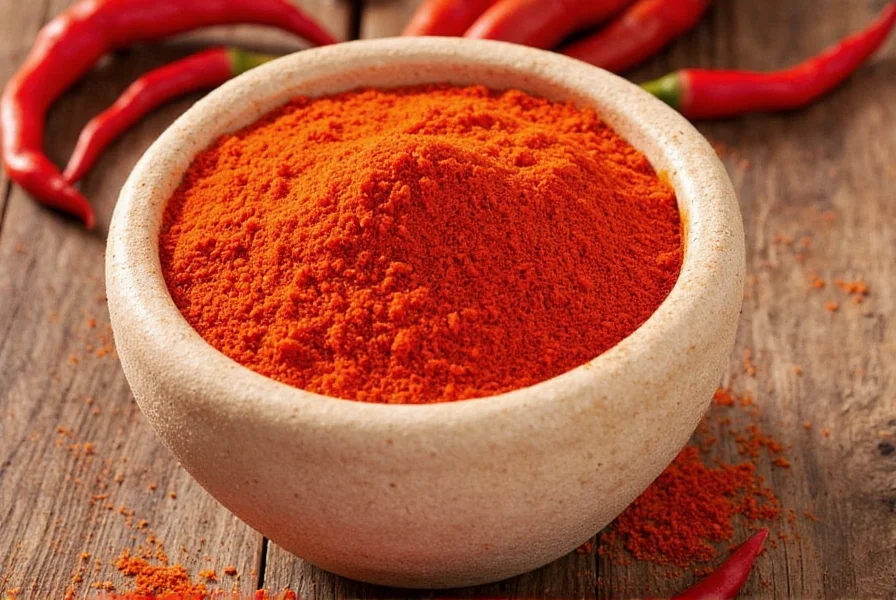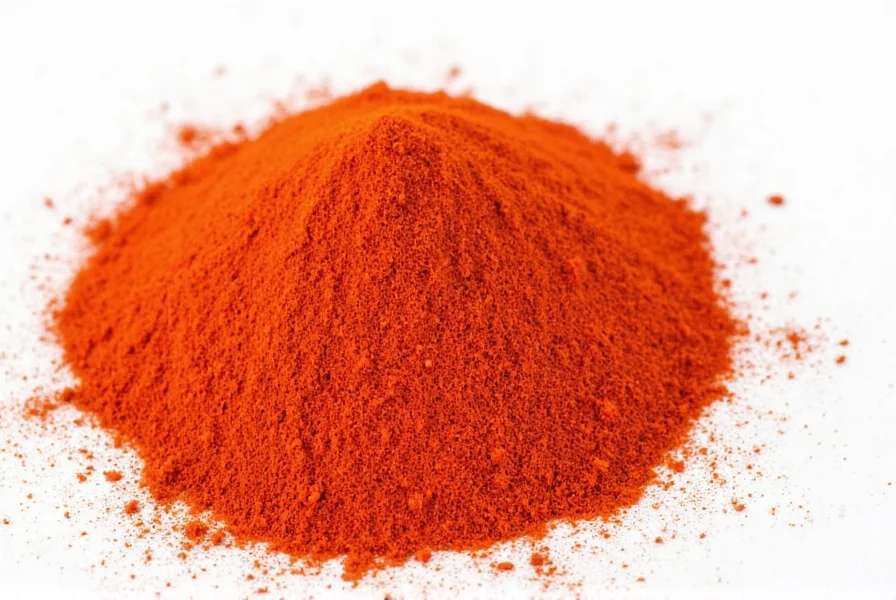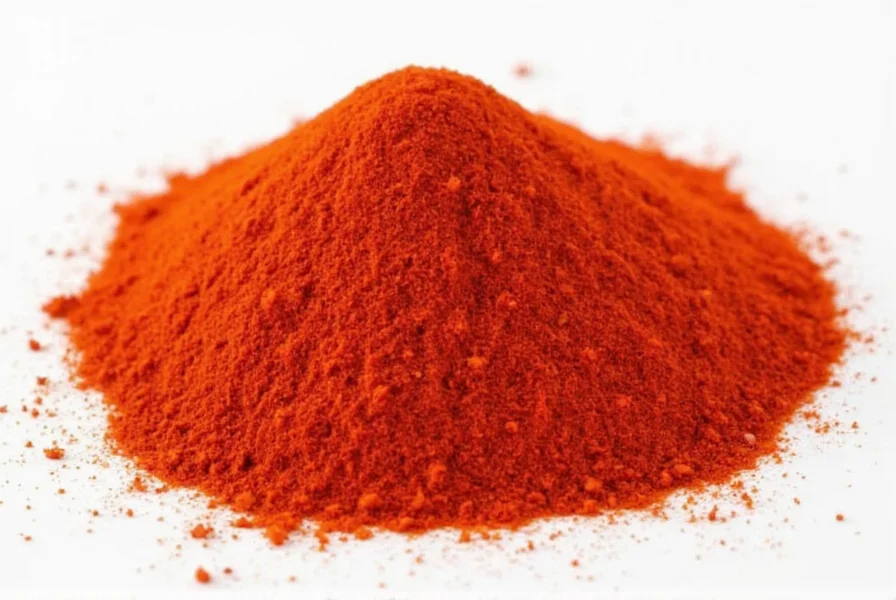When you're in the middle of cooking and realize you've run out of cayenne pepper, knowing reliable alternatives can save your recipe. This comprehensive guide explores the most effective cayenne pepper substitutes with precise measurements, flavor considerations, and practical usage tips that professional chefs and home cooks rely on.
Understanding Cayenne Pepper Characteristics
Cayenne pepper, made from dried and ground cayenne chili peppers, delivers distinctive heat and flavor to dishes. With a Scoville heat rating between 30,000-50,000 units, it's significantly hotter than black pepper but milder than habanero peppers. Its bright red color and sharp, slightly fruity flavor make it a staple in many cuisines, particularly in Cajun, Creole, and Asian cooking.
When seeking a cayenne pepper alternative, consider both the heat level and flavor profile required for your specific recipe. Some dishes need just the heat, while others rely on cayenne's distinctive flavor notes.

Top Cayenne Pepper Substitutes Compared
Not all substitutes work equally well in every situation. The right choice depends on your recipe's specific requirements for heat, color, and flavor complexity.
| Substitute | Heat Level (Scoville) | Substitution Ratio | Best For |
|---|---|---|---|
| Red Pepper Flakes | 15,000-30,000 | 1:1 | Pizza, pasta, soups, sauces |
| Sweet Paprika | 0-500 | 2:1 | Color without intense heat, goulash, deviled eggs |
| Hot Paprika | 5,000-15,000 | 1.5:1 | Stews, roasted meats, Hungarian dishes |
| Chili Powder | 1,000-2,500 | 2:1 | Tacos, chili, southwestern recipes |
| Black Pepper + Paprika | Variable | 1/2 tsp black + 1 tsp paprika | Milder dishes, creamy sauces, delicate proteins |
Detailed Substitute Analysis
Red Pepper Flakes: The Closest Heat Match
Red pepper flakes provide the most similar heat profile to cayenne pepper, though they lack cayenne's distinctive flavor. Made from various dried chili peppers, they deliver consistent heat without the fruity notes of cayenne. Use them in equal amounts when you need comparable spiciness in sauces, soups, or pizza.
Paprika: For Color Without Overpowering Heat
Paprika offers vibrant red color with varying heat levels depending on the type. Sweet paprika provides color without significant heat, while hot paprika delivers moderate spiciness. When substituting for cayenne, use twice as much sweet paprika or 1.5 times hot paprika. Paprika works exceptionally well in dishes where color matters as much as heat, such as deviled eggs or Hungarian goulash.
Chili Powder: The Flavor-Forward Alternative
Chili powder typically contains cumin, garlic powder, and other spices alongside ground chili peppers. This makes it an excellent substitute when you want complex flavor along with moderate heat. Use twice as much chili powder as cayenne pepper would require, and consider reducing other spices in your recipe to maintain balance.
Black Pepper and Paprika Combination: The Mild Option
For those sensitive to spice or cooking for children, combine 1/2 teaspoon black pepper with 1 teaspoon paprika to replace 1 teaspoon of cayenne. This mixture provides subtle heat with familiar pepper notes while maintaining the red color that cayenne contributes to dishes.
Special Considerations for Specific Recipes
Certain dishes require careful substitution choices to maintain authenticity:
- For Cajun/Creole dishes: Use hot paprika or a small amount of cayenne-free Cajun seasoning blend
- In creamy sauces: Opt for sweet paprika to avoid curdling that sometimes occurs with acidic hot sauces
- For baking: Choose mild paprika as it won't alter the chemical balance like acidic substitutes might
- When making hot chocolate: Use a tiny pinch of cinnamon with sweet paprika for warmth without intense heat
Practical Substitution Tips
Professional chefs recommend these techniques when substituting cayenne pepper:
- Always add substitute spices gradually, tasting as you go
- Consider adding substitute spices earlier in cooking for milder heat distribution
- For liquid-based recipes, dissolve powdered substitutes in a small amount of warm water first
- When using hotter alternatives like bird's eye chili powder, reduce quantity by 50% initially
- Remember that heat perception increases as dishes cool, so adjust accordingly for cold preparations

Storage and Shelf Life Considerations
Most cayenne pepper substitutes maintain potency for 6-12 months when stored properly in airtight containers away from light and heat. Ground spices lose potency faster than whole peppers, so check freshness by rubbing a small amount between your fingers and smelling—if the aroma is weak, replace the spice. For longest shelf life, store spice substitutes in the freezer in moisture-proof containers.











 浙公网安备
33010002000092号
浙公网安备
33010002000092号 浙B2-20120091-4
浙B2-20120091-4